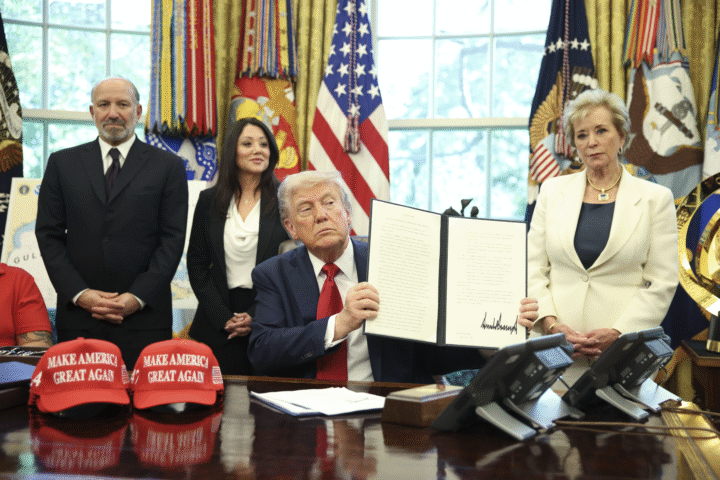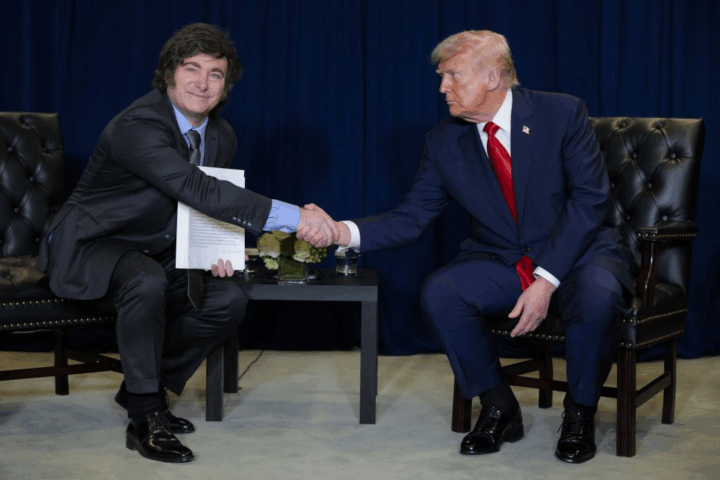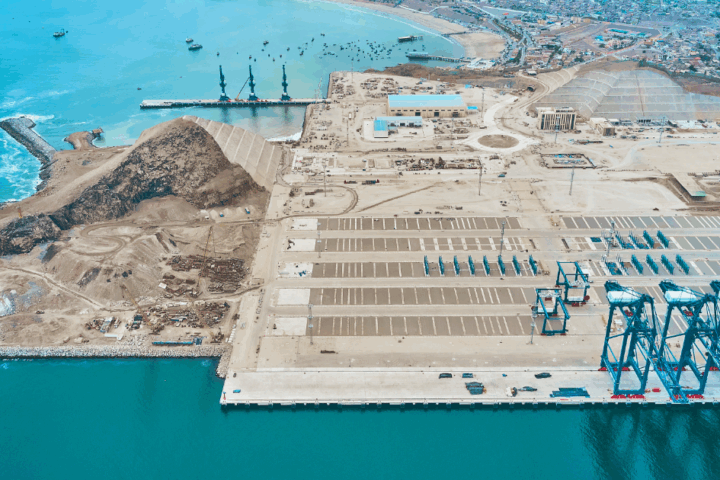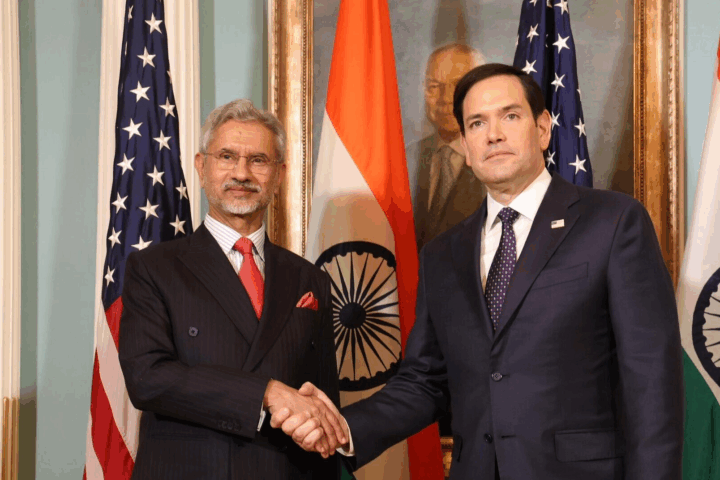While Wall Street pours champagne over record-high stock indexes, the U.S. economy is quietly swallowing a bitter pill: tariffs. The same markets that panicked in April are now shrugging at the reality of a new trade regime—one that could be far costlier than investors seem willing to admit.
On Thursday, a scaled-back version of President Donald Trump’s long-promised “Liberation Day” took effect, imposing higher import duties on goods from more than 60 countries. The fact that the final numbers were lower than feared has been enough to soothe traders. But make no mistake: the new average tax rate on imports—18.6 percent, the highest since 1933—will creep through the supply chain until it lands squarely in the laps of American consumers.
The administration is framing this as a triumph. White House press secretary Karoline Leavitt recently cheered $29 billion in tariff revenue collected in July, with Commerce Secretary Howard Lutnick predicting $50 billion a month soon. But tariffs are taxes by another name, and this is a tax hike on Americans at a time when the bottom half of the income ladder is already straining.
Consider the disconnect: Caterpillar, an emblem of industrial America, estimates the new tariffs will cost it up to $1.5 billion this year—half a billion in the current quarter alone. Yet its stock barely flinched, thanks to investor faith in unrelated booms in AI data centers and infrastructure spending. It’s a neat metaphor for today’s K-shaped economy: Wall Street soars while Main Street watches grocery bills spike and more households turn to “buy now, pay later” plans just to make ends meet.
Meanwhile, the president’s approach to trade is as slapdash as it is headline-friendly. Deals are announced without formal texts, padded with “signing bonuses” that count old investment pledges as new. European promises of $600 billion in U.S. investments and $250 billion in annual American energy purchases turn out to be aspirational at best. When both sides leave the negotiating table with different definitions of victory, the deal isn’t done—it’s detonating on a slow fuse.
The labor market, too, is sending warning signals. Unemployment benefits are at their highest since the pandemic. Economic growth in the first half of the year is half what it was in late 2024. And Trump’s firing of the Bureau of Labor Statistics chief over an unfavorable jobs report speaks volumes about the fragility behind the façade.
The AI gold rush may be propping up the stock indexes, but strip out tech and the S&P 500 is flat. Even Warren Buffett—hardly a doomsayer—has been quietly selling for 11 straight quarters, amassing a $344 billion war chest to deploy when prices fall. He’s betting on a downturn, even if the rest of the market isn’t.
The truth is, tariffs are a slow burn. They rarely trigger an immediate crisis—but over time, they warp markets, squeeze consumers, and invite retaliation. Wall Street may be too dazzled by the next AI earnings report to notice. But as Paul Ryan warned this week, “choppy waters are ahead.” Investors and policymakers alike would do well to remember that just because the storm isn’t here yet doesn’t mean it isn’t coming.










